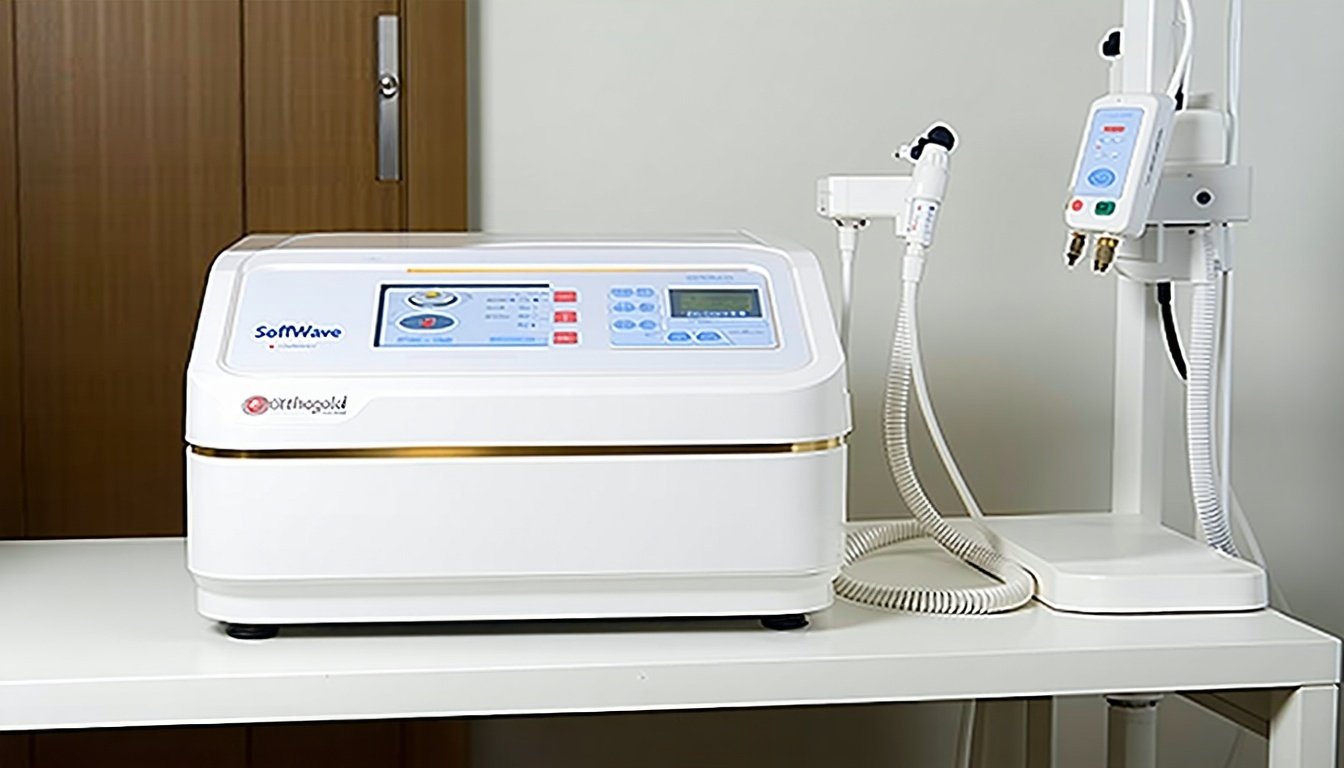Understanding Blood Thinner Medications, Their Uses, and Effects on Other Therapies

Discover how blood thinner medications can affect your body's healing ability with advanced technologies.
How Blood Thinners Work to Prevent Clots
Blood thinners, also known as anticoagulants and antiplatelet medications, play a crucial role in preventing the formation of dangerous blood clots. They are commonly prescribed to individuals who have conditions such as atrial fibrillation, deep vein thrombosis (DVT), pulmonary embolism, or who have had certain surgeries or heart conditions that put them at risk for clot formation.
These medications do not actually "thin" the blood. Instead, they interfere with the body’s natural clotting mechanisms, making it harder for clots to form or grow. By doing so, they protect patients from life-threatening events like stroke, heart attack, or embolism.
Types of Blood Thinner Medications Explained
It’s important not to assume everyone knows which medications are considered blood thinners. Here is a list of common blood thinners we ask about before procedures like SoftWave TRT:
• Warfarin (Coumadin)
• Apixaban (Eliquis)
• Rivaroxaban (Xarelto)
• Dabigatran (Pradaxa)
• Edoxaban (Savaysa)
• Heparin (including low molecular weight heparins like enoxaparin/Lovenox)
• Aspirin
• Clopidogrel (Plavix)
• Ticagrelor (Brilinta)
• Prasugrel (Effient)
• Dipyridamole
• Cilostazol
• Tirofiban, Eptifibatide (IV antiplatelet agents, usually hospital use)
• Herbal supplements with blood-thinning effects (e.g., fish oil, garlic, ginkgo biloba, turmeric)
If you are taking any of these, or a medication that your doctor has told you affects your blood’s ability to clot, please let us know.
Potential Risks and Side Effects to Consider
While blood thinners are effective at preventing clots, they also increase your risk of bleeding. This can range from easy bruising and prolonged nosebleeds to more serious issues like gastrointestinal bleeding or bleeding in the brain.
Other side effects may include allergic reactions, rash, or interactions with other medications or foods (especially with warfarin).
Regular monitoring and open communication with your healthcare team are important while taking these medications.
Blood Thinner Use with SoftWave TRT
The SoftWave device delivers broad-focused shockwaves (acoustic/mechanical energy) into tissue, stimulating blood flow, collagen production, cell activation, and healing responses. As a result of that energy delivery, local micro-trauma, inflammatory responses, increased perfusion, and perhaps microvascular disruption may occur (all part of the intended regenerative effect).
The tissue healing cascade following SoftWave TRT involves:
- Micro-Inflammation (0-10 days): Micro-bleeding, coagulation, platelet activation, complement activation, granulocytes, phagocytosis, macrophages, cytokines.
- Proliferation/Matrix Deposition (1-30 days): Fibroplasia, angiogenesis, re-epitheliazation, extracellular matrix synthesis, collagens, fibronectin, proteoglycans.
- Matrix Remodeling (10-300 days): Extracellular matrix synthesis, degradation and remodeling, increased tensile strength, decreased cellularity, decreased vascularity.
Why Blood Thinners Matter / What the Issue Is
Because shockwave energy causes mechanical stress and increased blood flow, in someone whose clotting is impaired (due to medication or disorder), there’s a higher risk of bleeding into the tissue, developing larger bruises or hematomas around the treated site. Guidelines list “significant coagulopathy” (bleeding/clotting disorders) and current anticoagulation use as a relative contraindication for ESWT. The manufacturer of SoftWave also states: “caution should be exercised when treating patients on anticoagulants or those with clotting disorders due to the potential for bruising.”
Treatment Site Risk Assessment
If the treatment area is vascular, near superficial vessels, or has fragile tissue (such as thin skin, prior surgery, or varicosities), the risk increases. As a provider, we evaluate the anatomy, tissue quality, and bleeding risk. In patients on blood thinners, we may use lower energy levels, treat fewer impulses, or select safer anatomical zones (deeper tissue versus superficial) to mitigate risk.
Informed Consent and Monitoring
Because of the increased micro-bleeding/bruising risk, it’s vital we document informed consent about the elevated risk and ensure the patient understands the potential for bruising or hematoma. We monitor the treated area after therapy (especially the first treatment) for signs of excessive bleeding, swelling, or pain beyond what’s expected.
Balancing Benefits vs Risks
SoftWave TRT may provide significant regenerative benefits (improved microvascularization, tissue healing). But for a patient on blood thinners, we must weigh those benefits against the increased risk of bleeding. Sometimes, we may proceed with a modified protocol (lower intensity) rather than avoid treatment altogether—depending on the individual’s overall risk profile, the specific blood thinner, dose, indication (e.g., atrial fibrillation, DVT, etc.), and tissue health.
Practical Considerations
- Pre-session assessment: We review all blood thinning medications, their indication, dosing, and any recent labs and ask about any prior bleeding episodes.
- We evaluate the treatment area to determine if it's superficial or deep, or if there is any fragile tissue or vascular concerns.
- Protocol Adjustments: We may use lower energy or fewer impulses at first, increasing the number of sessions at lower intensity rather than fewer, high-intensity sessions.
- Post-Session Monitoring: We watch for excessive bruising, hematoma, swelling, or unexpected pain. We instruct patients to report any concerning symptoms.
- Documentation and Informed Consent: We clearly explain and document any potential elevated risk, and obtain written consent.
- Communicate with the Prescribing Physician when appropriate, we'll communicate with the prescribing physician to rule out any concerns.
- Post-Session Reassessment: We reassess the site at follow-up. We may choose to delay future sessions if excessive bruising occurred.
In Summary
Using SoftWave (or any ESWT) in a patient on blood thinners is not absolutely contraindicated—but it requires extra caution and may indicate a modified technique. The primary concern is an elevated risk of bleeding/bruising (hematoma) due to mechanical tissue disruption and increased vascular stress. Screening for anticoagulation status, adjusting protocols, obtaining informed consent, and careful monitoring are essential steps for safety and optimal healing.
